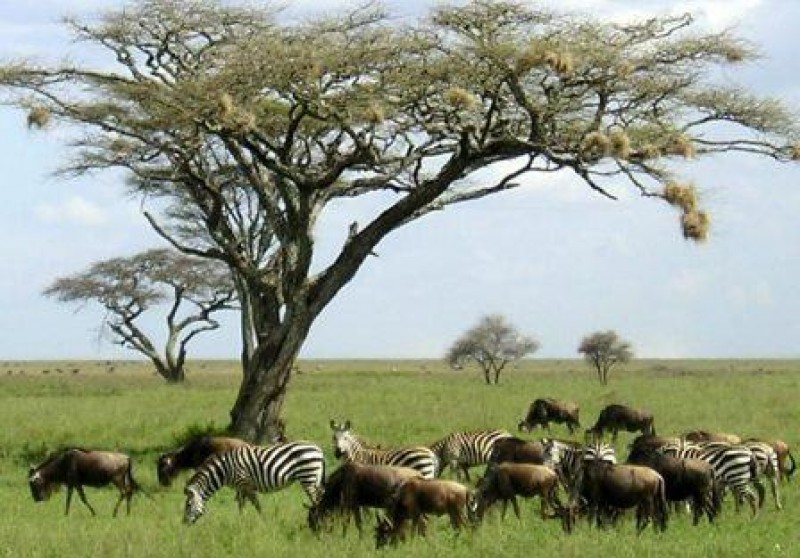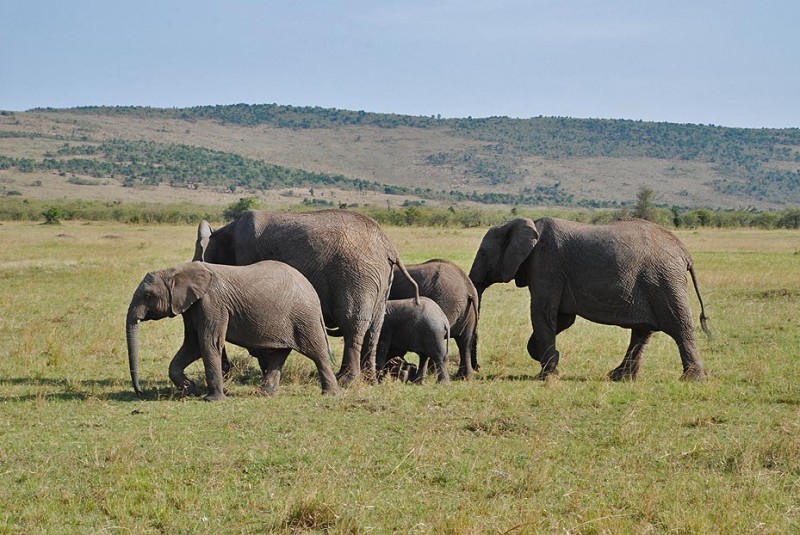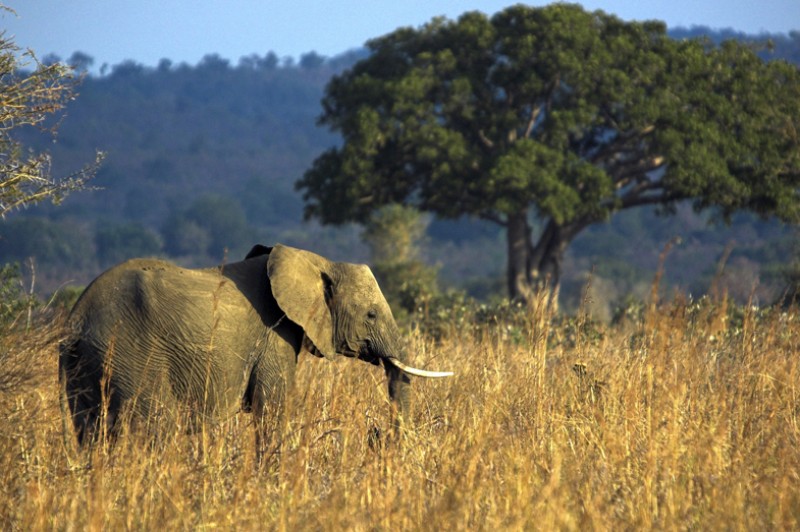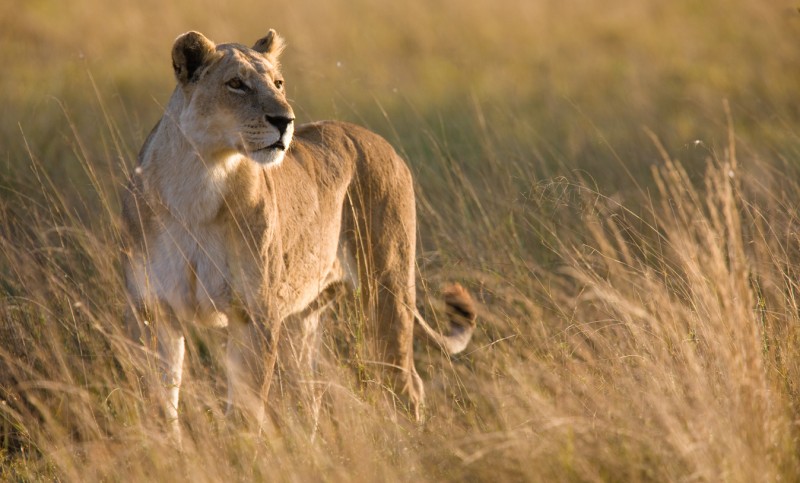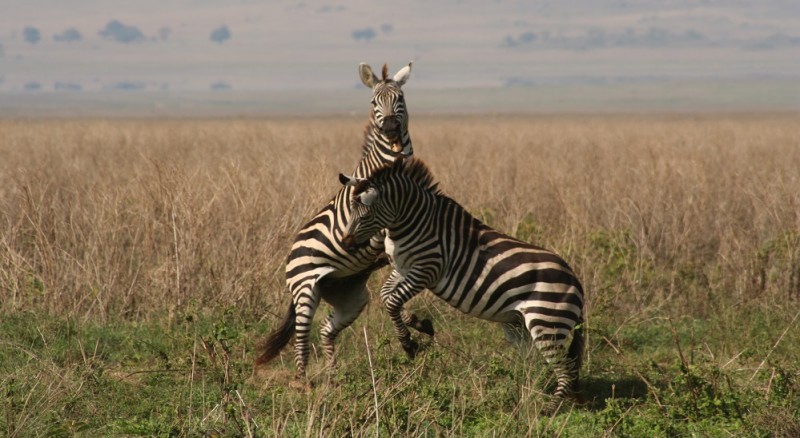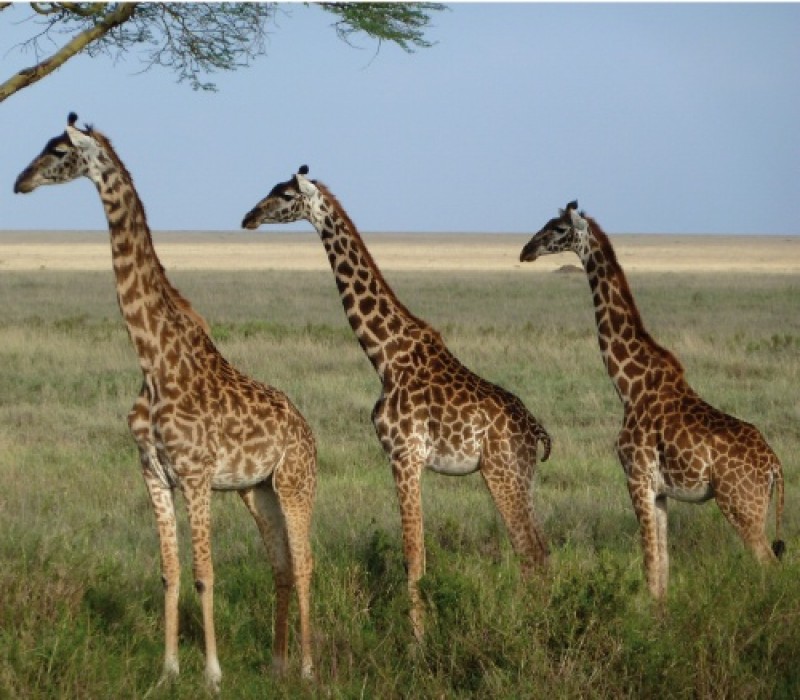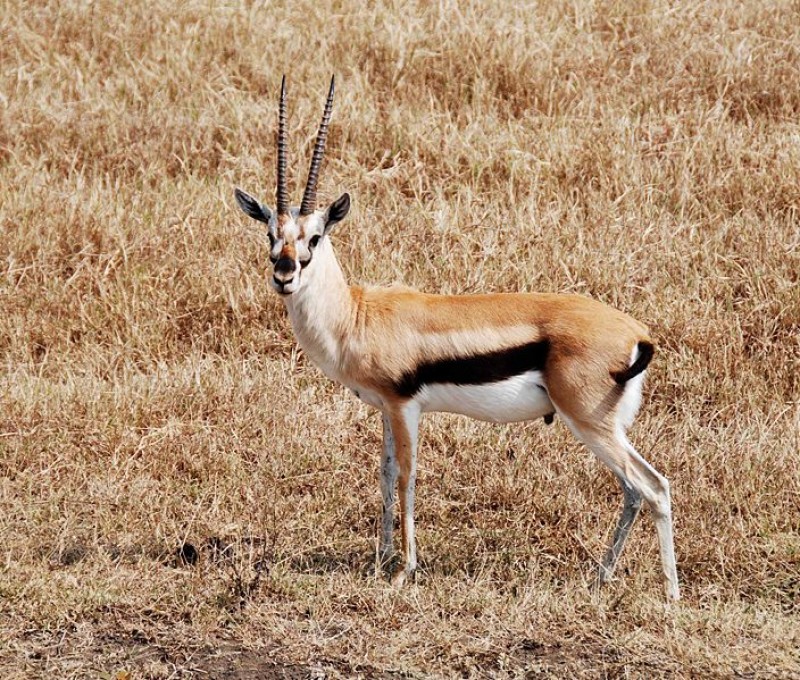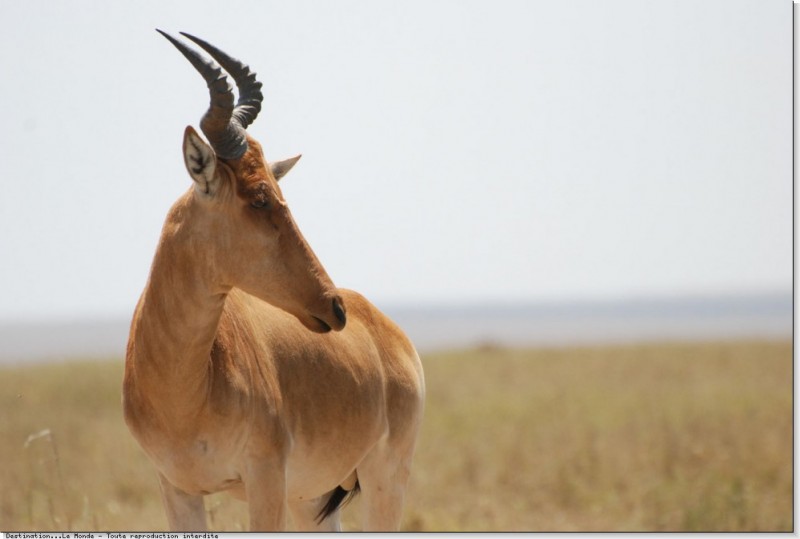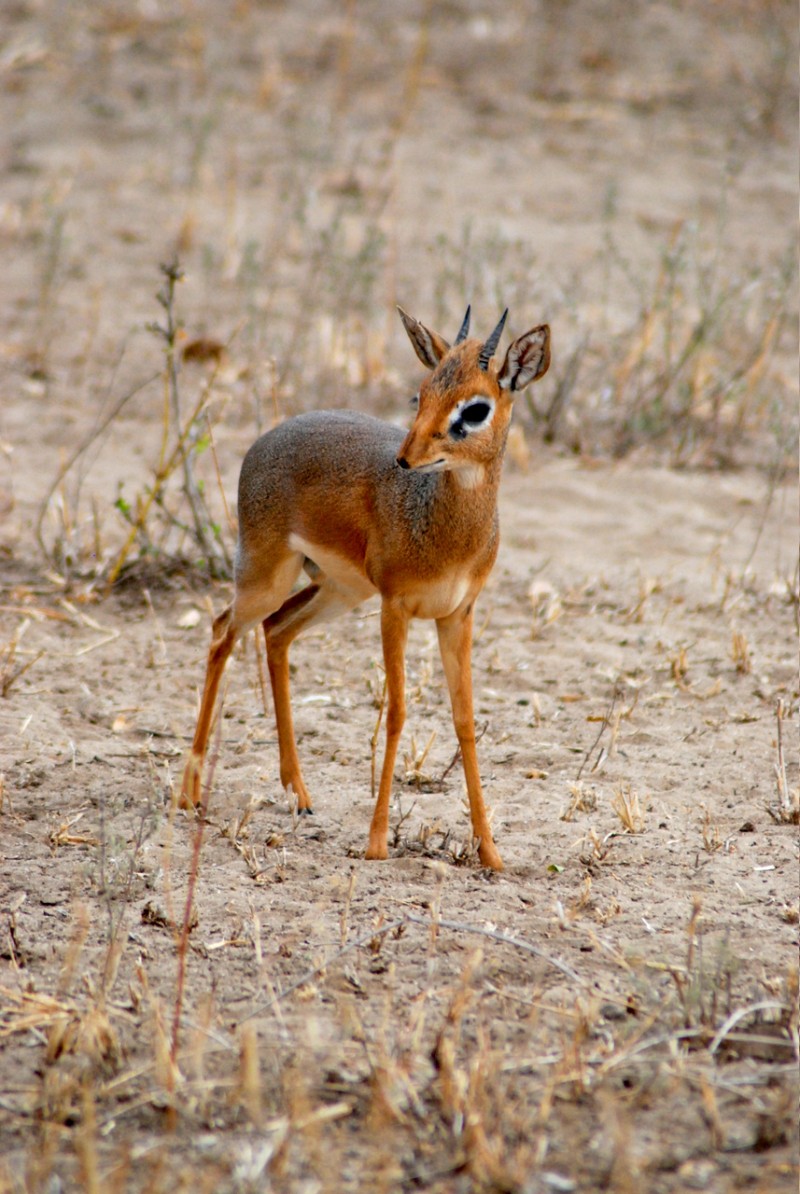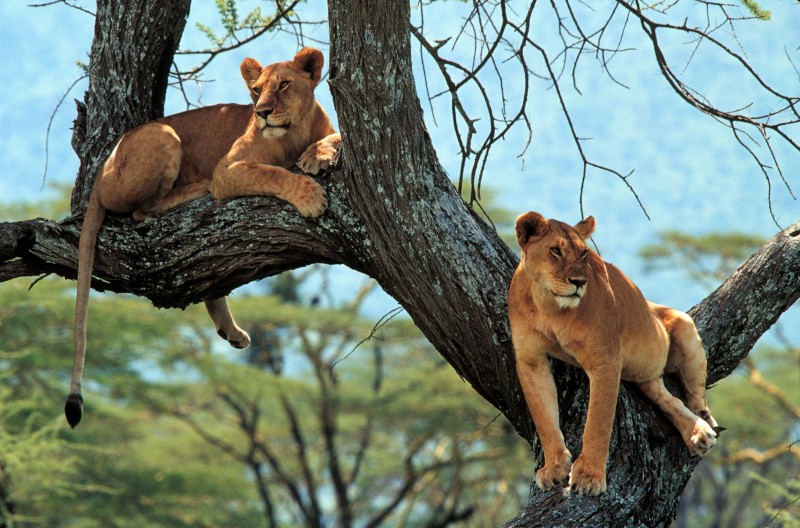Tanzania, located in East Africa, is a land of incredible natural beauty, vast wilderness, and a diverse array of cultures. It’s a top-tier destination for both wildlife safaris and, for those interested, regulated hunting.
Tanzania: The Country
- Geography and Location: Tanzania lies on the east coast of Africa, bordering the Indian Ocean. Its neighbors include Kenya and Uganda to the north, Rwanda, Burundi, and the Democratic Republic of Congo to the west, and Zambia, Malawi, and Mozambique to the south. It’s the largest country in East Africa, encompassing the mainland (formerly Tanganyika) and the islands of Zanzibar and Pemba.
- Key Geographical Features:
- Mount Kilimanjaro: Africa’s highest mountain (5,895 m or 19,341 ft) and a major tourist attraction.
- Great Rift Valley: This geological feature runs through Tanzania, creating dramatic landscapes, including several large salt lakes.
- Vast Plains: The central area is dominated by a large plateau covered in grasslands, including the famous Serengeti.
- Lakes: Tanzania shares parts of three of Africa’s Great Lakes: Lake Victoria (Africa’s largest), Lake Tanganyika (Africa’s deepest), and Lake Nyasa (Lake Malawi).
- Coastline: A tropical and humid coastline with lush vegetation.
- Capital City: Dodoma (though Dar es Salaam remains the largest city and economic hub).
- Population: Approximately 61.7 million (2022).
- Language: Swahili and English are the official languages, with numerous indigenous languages also spoken.
- Currency: Tanzanian Shilling (TZS).
- Climate: Primarily tropical, with variations due to topography:
- Coastal Areas: Hot and humid.
- Highlands: Cooler and more temperate.
- Central Plateau: Tends to be dry and arid.
- Rainy Seasons: “Short rains” typically from October to December, and “long rains” from March to June. The driest months are generally July to October.
- Culture: Tanzania is known for its peaceful and stable political environment. It boasts over 120 distinct ethnic groups, with a strong sense of national unity promoted by the legacy of its first president, Julius Nyerere.
Wildlife in Tanzania
Tanzania is arguably Africa’s most iconic safari destination, home to some of the planet’s most spectacular wildlife concentrations and natural phenomena. Over a quarter of the country is dedicated to protected areas, including numerous National Parks, Game Reserves, and Conservation Areas.
- The “Big Five” and Beyond: Tanzania is an excellent place to see the “Big Five” (lion, leopard, elephant, buffalo, and rhinoceros).
- Lion: Abundant, particularly in the Serengeti and Ngorongoro Crater.
- Leopard: Found in various parks, with good chances in the Serengeti and Ruaha.
- Elephant: Large populations, especially in Nyerere (Selous) and Ruaha National Parks.
- African Buffalo (Cape Buffalo): Widespread and numerous.
- Rhinoceros: While critically endangered, black rhinos can be found in the Ngorongoro Crater and some protected areas in the Serengeti.
- The Great Migration: This is Tanzania’s most famous wildlife spectacle, where millions of wildebeest, zebras, and gazelles embark on an annual migration across the Serengeti ecosystem in search of fresh grazing and water. The timing and exact routes vary with rainfall, but it’s a truly unforgettable experience.
- Other Prominent Wildlife:
- Giraffe: Including the Maasai giraffe, a distinct subspecies.
- Zebra: Vast herds, particularly during the Great Migration.
- Hippopotamus: Common in rivers and lakes, often seen in large pods.
- Cheetah: Good populations in the open plains of the Serengeti and Ruaha.
- Wild Dog (African Painted Dog): An endangered species, found in some of the less-visited parks like Ruaha and Nyerere (Selous).
- Numerous Antelope Species: Including wildebeest, various gazelles (Grant’s, Thomson’s), impala, topi, hartebeest, kudu, eland, sable, roan, and more.
- Crocodiles: Large Nile crocodiles inhabit many of Tanzania’s rivers.
- Primates: Chimpanzees (Gombe Stream and Mahale Mountains National Parks), baboons, and various monkey species.
- Birdlife: Tanzania boasts an incredible diversity of bird species, making it a birder’s paradise, with over 1,000 recorded species.
- Major National Parks and Reserves:
- Serengeti National Park: World-renowned for the Great Migration.
- Ngorongoro Conservation Area: Home to the Ngorongoro Crater, a UNESCO World Heritage site with an exceptionally high concentration of wildlife.
- Tarangire National Park: Known for its large elephant herds and baobab trees.
- Lake Manyara National Park: Famous for its tree-climbing lions (though a rare sight).
- Ruaha National Park: One of Africa’s largest and wildest parks, offering a diverse landscape and excellent predator sightings.
- Nyerere National Park (formerly Selous Game Reserve): One of the largest protected areas in Africa, offering boat safaris and diverse wildlife.
- Katavi National Park: Remote and wild, known for its large buffalo herds and hippos.
- Gombe Stream National Park and Mahale Mountains National Park: Famous for chimpanzee trekking.
Hunting in Tanzania
Tanzania has a long and esteemed history of regulated trophy hunting, playing a significant role in its wildlife conservation efforts. Hunting is conducted in designated Game Reserves and concessions, which are managed for sustainable wildlife utilization.
- Conservation through Hunting: The hunting industry in Tanzania is structured to contribute directly to conservation through license fees, trophy fees, and community levies. These funds are vital for anti-poaching initiatives, habitat management, and providing economic benefits to local communities, thereby giving wildlife a tangible value.
- Regulations and Licensing:
- Governing Body: The Tanzanian Wildlife Management Authority (TAWA) oversees all hunting activities.
- Licenses: Hunters must obtain valid hunting licenses (often for specific durations, e.g., 10, 14, or 21 days) for the species they intend to hunt. Licenses specify the quota for each species.
- Age and Proficiency: Hunters must be at least 18 years old and demonstrate firearm proficiency.
- Firearm Import: A permit is required to import personal firearms. Handguns, automatic, and semi-automatic weapons are strictly prohibited. There are limits on the number of rifles and ammunition per hunter (e.g., typically a maximum of 3 rifles and 1 shotgun, and 100 rounds per rifle).
- Minimum Caliber: Strict minimum caliber requirements apply, for example:
- .375 for dangerous game (elephant, buffalo, lion, leopard).
- .300 for cats.
- .270 for smaller plains game.
- Ethical Hunting: Night hunting, hunting from vehicles (within a certain distance), using poison, traps, or fire, and hunting pregnant females or females with young are strictly forbidden. Wounded animals are considered bagged and fully charged.
- Hunting Season: The official hunting season in Tanzania typically runs from July 1st to December 31st. Some areas or specific hunts might have extensions or slightly different windows, but this is the primary period. The driest months (July to October) are often preferred for better visibility and animal concentration around water sources.
- Hunting Areas: Tanzania offers a variety of hunting habitats, from miombo woodlands and open savannas to swamps and riverine forests. Key hunting areas include:
- Selous Game Reserve (now Nyerere National Park for tourism, but hunting still in designated areas): One of the largest and most famous, known for elephant, buffalo, lion, and leopard.
- Rungwa-Kizigo-Muhesi Game Reserves: Bordering Ruaha National Park, known for large-maned lions, sable, roan, and greater kudu.
- Moyowosi and Ugalla Game Reserves (Western Tanzania): Known for large crocodiles, sitatunga, lion, hippo, and a variety of plains game. These areas can be swampy and are often only accessible during the dry season.
- Masailand (Northern Tanzania): Offers diverse plains game and some dangerous game, including various gazelles, eland, and unique species like gerenuk.
- Species Available for Hunting: Tanzania offers a wide range of species for trophy hunting, subject to quotas and specific license durations:
- Dangerous Game: Elephant (highly regulated, specific quotas and tusk size minimums), Lion (age-based regulations, no female lions), Leopard (minimum length requirements), Cape Buffalo, Hippopotamus, Nile Crocodile.
- Plains Game: A vast selection including Greater Kudu, Lesser Kudu, East African Eland, Sable, Roan, various Hartebeest species, Wildebeest, Zebra, Impala, Thomson’s Gazelle, Grant’s Gazelle, Oryx (Fringe-eared), Waterbuck, Bushbuck, Warthog, Bushpig, Duikers, Steenbok, Oribi, and many more.
- Specialty Game: Sitatunga (often in swampy areas), Gerenuk.
- Professional Outfitters: It is essential to book a hunting safari with a reputable and licensed professional hunting outfitter. They handle the complex logistics, permits, professional hunters, and camp arrangements, ensuring a legal, ethical, and successful hunt. Organizations like the Tanzania Hunting Operators Association (TAHOA) promote ethical conduct and sustainable practices among their members.
Tanzania offers an unparalleled hunting experience, deeply rooted in conservation and an authentic African safari tradition.

